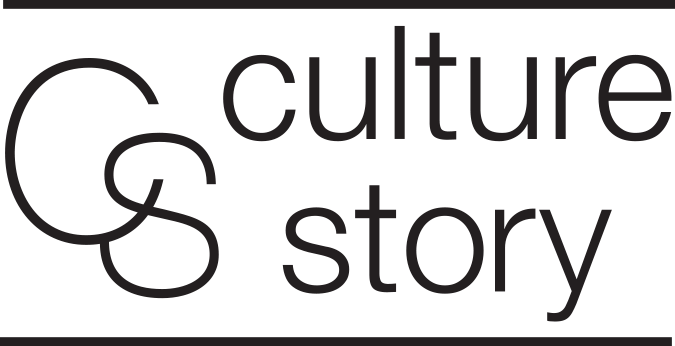Food is an essential element of culture and can bring people together. Your family might pass down special recipes that they make on special occasions. Each dish has a unique story behind it. Food might be tied to holidays or other important times. When we eat, food becomes part of us; it also becomes a part of our Culture Story. This article gives three ideas for learning more about how food fits into your cultural identity.
1. Learn The Stories of Your Family’s Special Recipes
Collecting your family’s recipes is also a great way to find out more about the culture that surrounded them. To start, ask your parents, grandparents, uncles or aunts, if they have any favorite recipes. They might be surprised by how much you don’t know about the food that they ate growing up. If possible, get the recipe in writing (or take a photo of it) and ask them to tell you the story behind it. Learning the story behind each dish that is a part of your family’s menu can help you to understand your family’s culinary heritage. When you learn the story behind a dish, you might come to understand how the dish is tied to other aspects of your family’s culture like holidays. You could also ask them to show you how to make it.
If your family isn’t into cooking, or if you don’t have many family members around, another option is to look for community cookbooks. These are often put together by churches or other groups and can be a great way to learn about the foods of different cultures.
You can also use food to explore cultural identity by discussing how different dishes complement other aspects of your culture. For example, you might serve Thanksgiving dinner and serve tamales with a Thanksgiving-themed sauce.
2. Using Food To Express Your Own Cultural Identity
As you explore your cultural identity, you might find that certain foods are tied to many aspects of your cultural identity. For example, Mexican food is a huge part of many people’s cultural identity. It might also be tied to holidays like Cinco de Mayo, or it might be tied to family traditions like making tamales for Dia de Los Muertos traditions.
Conclusion
Food can be a powerful tool to explore how your cultural identity fits together. It can be challenging to find the right fit, but the more you learn about your culture, the more you will appreciate what is unique about your own identity. When you explore your cultural identity with food, you might also discover new tastes and new ways to connect with other members of your family.

